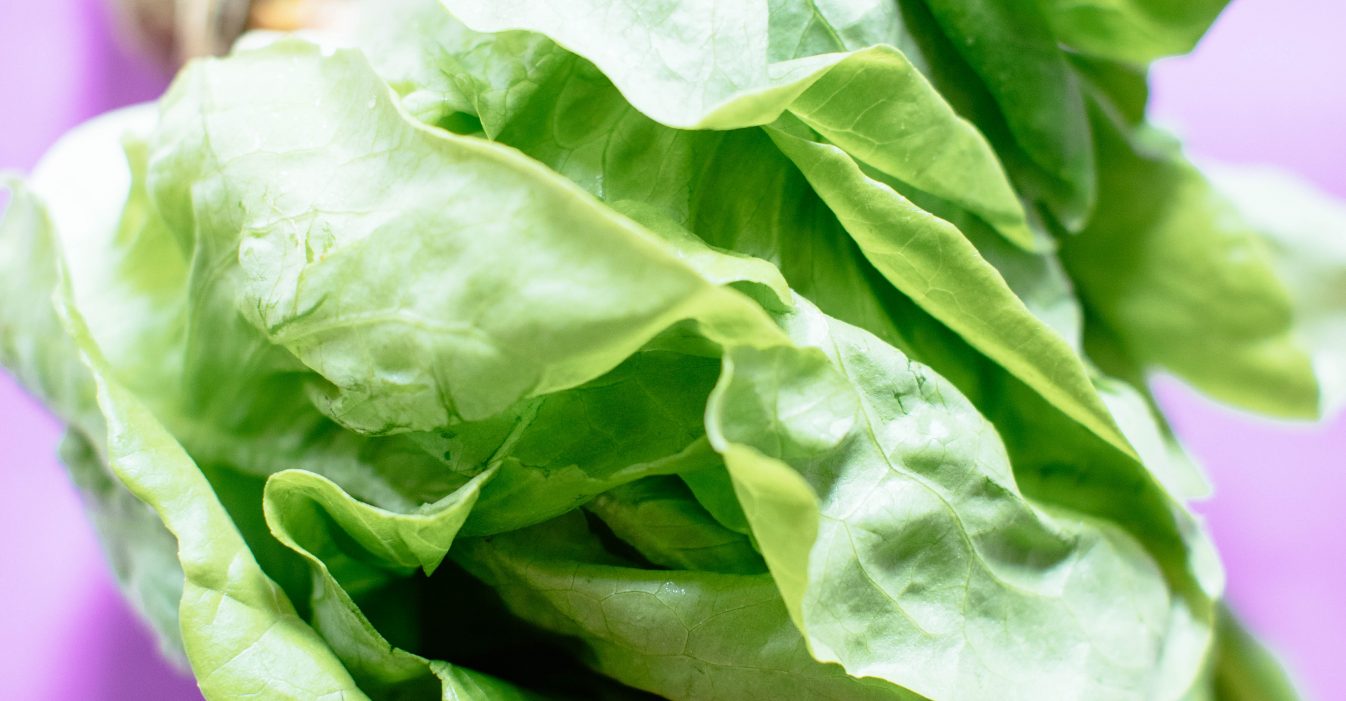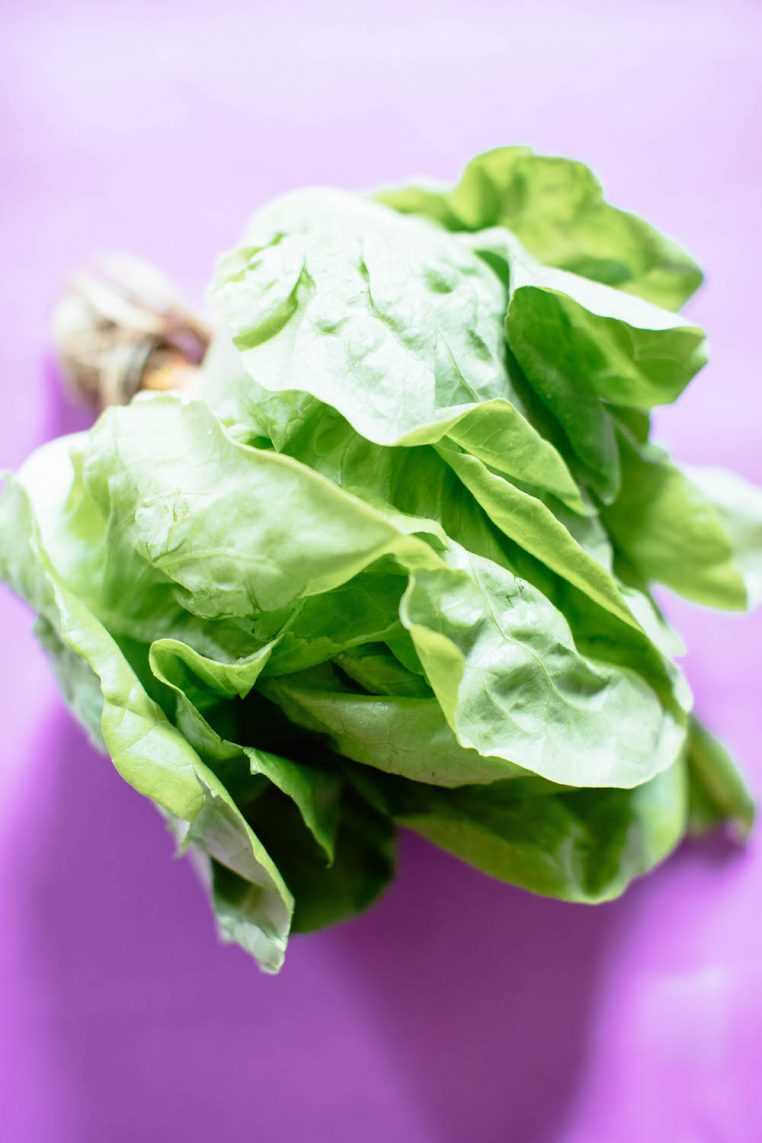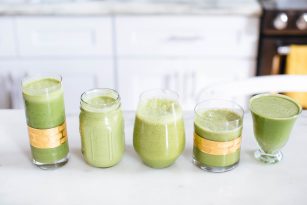What does plant-centric eating look like, from breakfast to lunch to dinner — and what it could mean for your health. Hint: you’re probably already a member of the club!
In this day and age, it’s hard to keep up with all of the various diets, lifestyles, and foods that are “-free”. What does plant-based mean? What does vegan mean? If you’ve found yourself confused, know that you’re not alone.
In this post, my goal is to share the basics of what it means to practice a “plant-based” or plant-centric lifestyle — a term we use often here at NS. Read on and see why this is a core philosophy here at NS, so that you can make an educated decision about your own dietary choices.
What Does Plant-Based Mean?
A plant-based diet focuses on whole foods and the base of diet is, well, plants! It doesn’t mean you’re “vegan” or any other label, it means you consume a diet rich in whole fruits, whole vegetables, whole grains, whole nuts, and seeds, etc. When you’re eating plant-based, or plant-centric, you’re focusing on plants, but you may not always eliminate animal products from the equation — you find the equation and amount that feels right for your body, your health, and your lifestyle. In a plant-centric diet, you’re placing whole foods above all else, and limiting processed foods.
Any lifestyle that places plants as the focal point in a meal, is plant-centric.
Plant-based diets, or those centered around plants, can look different for each of us. We may choose to practice a vegan, vegetarian, pescatarian and omnivore diet, and we could all be plant-centric in our meals. There’s a difference between a plant-based diet and a vegan diet although these two are often used interchangeably — or incorrectly mistaken for the other. A vegan diet is often defined as not just a way of eating, but as a way of living which seeks to exclude, as far as is possible and practicable, all forms of animal products (food, clothing, etc.) and honey. At NS, our food philosophy is rooted in plants yet we don’t label our philosophy in one way because that’s not what we’re about! We’re about educating you on all sorts of lifestyles, their benefits, their differences that way you can make an educated opinion on how to incorporate (or not) aspects of those lifestyles into your own.
What Could It Mean For Your Health?
A plant-based or plant-centric diet includes whole plant foods that are abundant in nutrients such as vitamins, minerals, dietary fiber, antioxidants, phytonutrients, and healthy fats. This balance of nutrients found in many whole foods can help us live healthier lives (1) by supporting healthy cholesterol levels, (2) stabilizing blood sugar, (3) preventing diabetes, (4) and helping us have healthy blood pressure. Not to mention, these whole foods have anti-inflammatory properties and feed the “good” bacteria in our gut. (5)
Plants are the only sources of beneficial phytochemicals like carotenoids, glucosinolates, and flavonoids that are powerful antioxidants that neutralize free radicals, (6) that provide anti-inflammatory benefits, (7) that detoxify carcinogens and prevent cancer formation (8), and support immunity (9). Fibers also found in whole plant foods provide incredible support for our gastrointestinal, cardiovascular, and immune systems. (5)
A recent Harvard study — recent as in 2017! — dug into the makeup of healthy and potentially unhealthy plant-based diets. Their findings were especially interesting because they serve as a good reminder that what you eat matters as much as what you don’t choose to eat. The study found that a plant-based emphasis even in an omnivore diet can be beneficial for health. Participants who reduced, and not eliminated, animal foods while also increasing plant-based foods saw health benefits of reduced risk of heart disease and diabetes. (10)
What Does Plant-Based Mean, For Breakfast, Lunch & Dinner?
Simply put, all of the recipes here on Nutrition Stripped are plant-centric! Our recipes are technically gluten-free, dairy-free, and plant-based at their core — this allows you to make the meal work for you by adding proteins of your choice and other ingredients that your body thrives on. Cooking this way is a great foundation to make sure you’re consuming the incredible phytonutrients and fiber from plants that we typically don’t get enough of.
The terms plant-based and plant-centric may sound intimidating or confusing, but at their core, they’re celebrating whole foods from the earth and making them the focal point. If you asked “what does plant-based mean” and still don’t know where to begin, check out our Guide to Stock Your Kitchen — it’s full of plant-centric goodness. To demonstrate just how simple this really is, I’m sharing what eating plant-centric looks like in real life, from breakfast to lunch to dinner — and even a snack!
Breakfast
Upon waking: a cup of Matcha Tea Elevated, antioxidant-rich and full of healthy fats from MCT oil to fuel your morning. Mid-morning, try a Stripped Green Smoothie — antioxidant and fiber-rich thanks to its high quality, nutrient dense, easy-to-digest blend of organic raw vegetables, greens, and fruits.
Lunch
Heat up meal components in a Nourish Bowl, a perfectly versatile combination of leafy greens and other veggies alongside plant-based carbohydrates, protein, fiber and healthy fats. I love including romaine lettuce or spinach alongside wild rice or quinoa with roasted broccoli and tempeh, with fresh avocado and sesame seeds on top.
Snack Time
Nosh on some crunchy cucumber rolls with a spread of herb cheese and toasted pine nuts. They’re incredibly satisfying, light and refreshing. Another favorite snack of mine is the Beet Hummus; it tastes great on just about anything — especially the Grain-Free Walnut Bread. Needless to mention, a nutrient-dense smoothie with a nice balance of greens, low-sugar fruit like berries and healthy fats is a great go-to plant-based snack too.
Dinner
The possibilities for dinner, like breakfast and lunch, are virtually endless! I gravitate to satisfying and warming daal during the winter, and always enjoy a good black bean burger too. Vegetables and legumes can provide amazing dietary fiber to keep your digestion happy while bulking up dishes at dinnertime to ensure that you’re satisfied too.
Ready to Get Started with Plant-Based? Here’s How —
- Get well-versed in the 10 Best Plant-Based Proteins You Should Be Eating. It’s one of our most popular recipes for a reason; this comprehensive list hashes out some of my favorite “superfoods” and their health benefits, such as chia seeds, lentils, spirulina, nutritional yeast and more.
- Explore meat alternatives. You don’t need to be vegetarian, vegan, flexitarian or pescatarian to enjoy meatless substitutes like tempeh, tofu, and seitan. These ingredients add a good dose of fiber, protein, and texture to dishes. One of my favorite recipes from the Guide to Master Meal Planning is the Baked Citrus Tempeh — it’s so good!
- Lean on legumes. These guys are great to bulk up a meal, and they’re high in fiber, rich in complex carbohydrates, and plant-based protein. They help you feel fuller, longer, as well as balance blood sugar and even promote weight management and healthy energy levels. Try swapping black beans or lentils for half of your protein source in your next meal — maybe on Taco Night or in your Nourish Bowl!
References
- Joanne L. Slavin and Beate Lloyd. (July 2012). Health Benefits of Fruits and Vegetables.
- Christopher D. Gardner, PhD; Ann Coulston, MS, RD; Lorraine Chatterjee, MS; Alison Rigby, PhD, MPH, RD; Gene Spiller, PhD; John W. Farquhar, MD. The Effect of a Plant-Based Diet on Plasma Lipids in Hypercholesterolemic Adults: A Randomized Trial.
- Mohammad Asif. (2014) The prevention and control type-2 diabetes by changing lifestyle and dietary pattern.
- Michelle McMacken and Sapana Shah. (May 2017). A plant-based diet for the prevention and treatment of type 2 diabetes.
- Julieanna Hever. (2016). Plant-Based Diets: A Physician’s Guide.
- Washington DC: International Food Information Council Foundation. (Oct 2009) Food Insight Functional foods fact sheet: antioxidants.
- Bellik Y, Boukraâ L, Alzahrani HA, et al. (Dec 2012). Molecular mechanism underlying anti-inflammatory and anti-allergic activities of phytochemicals: an update.
- American Institute for Cancer Research. (Apr 2013.) Phytochemicals: the cancer fighters in the foods we eat.
- Schmitz H, Chevaux K. Defining the role of dietary phytochemicals in modulating human immune function. In: Gershwin ME, German JB, Keen CL, editors. Nutrition and immunology: principles and practice. Totowa, NJ: Humana Press Inc; 2000. pp. 107–19.
- Satija, Bhupathiraju, Spiegelman, Chiuve, Manson, Willett, Rexrode, Rimm, Hu. (July 2017) Healthful and Unhealthful Plant-Based Diets and the Risk of Coronary Heart Disease in U.S. Adults.
What Do You Say?
Do you practice a plant-centric lifestyle? What are your questions, if any, about this whole-foods philosophy? Keep the conversation going by commenting below — I’d love to hear from you, and I’m sure others in the community would benefit from your input. Connect with NS on Instagram, too, by tagging @NutritionStripped and #NutritionStripped.








